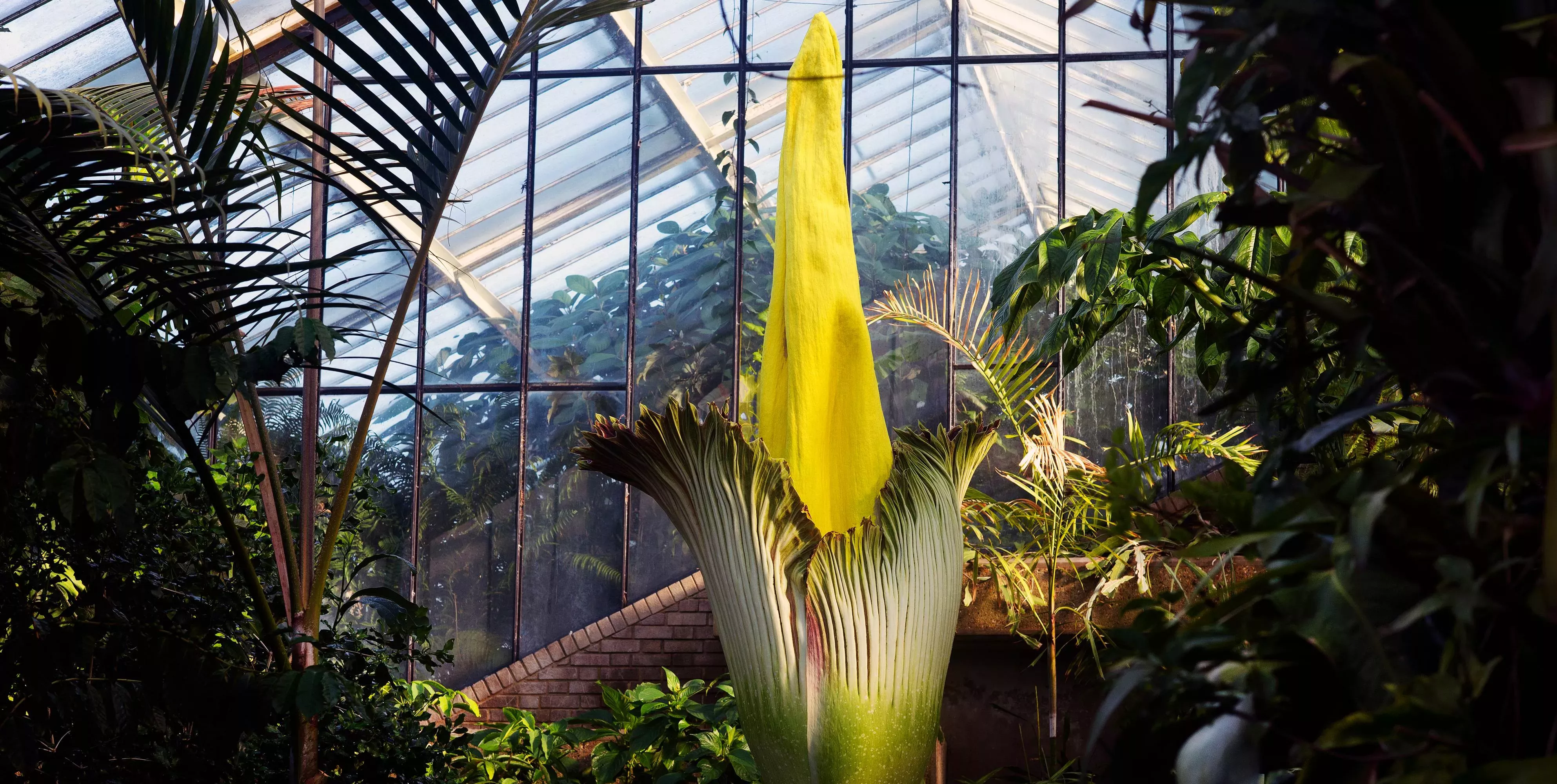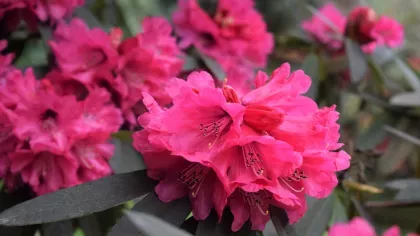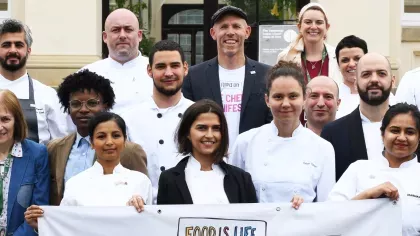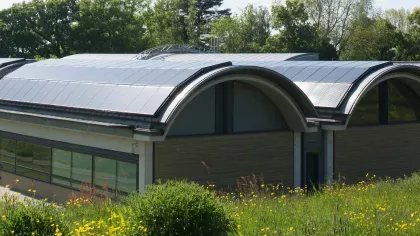22 July 2019
Making sustainable charcoal in Wakehurst's woodland
Find out how we make charcoal and how it keeps our trees healthy.

Charcoal has been made in our woodland for centuries.
We've kept this ancient art alive at Wakehurst to produce sustainable fuel, and to keep our woods healthy and thriving.
A sustainable product
Less than 5% of charcoal is made in the UK. It's mostly imported from tropical forests across the world and tends to be harvested unsustainably.
Producing charcoal in our own woodlands is less damaging, as it slashes transportation miles and benefits our woodlands and wildlife. Charcoal made in the UK is also more carbon-rich, making it a cleaner fuel that's more efficient to burn.
Wakehurst’s charcoal-making follows best practice by ensuring that only very well-seasoned wood is used, which minimises pollutants and particles produced when burning solid fuel.
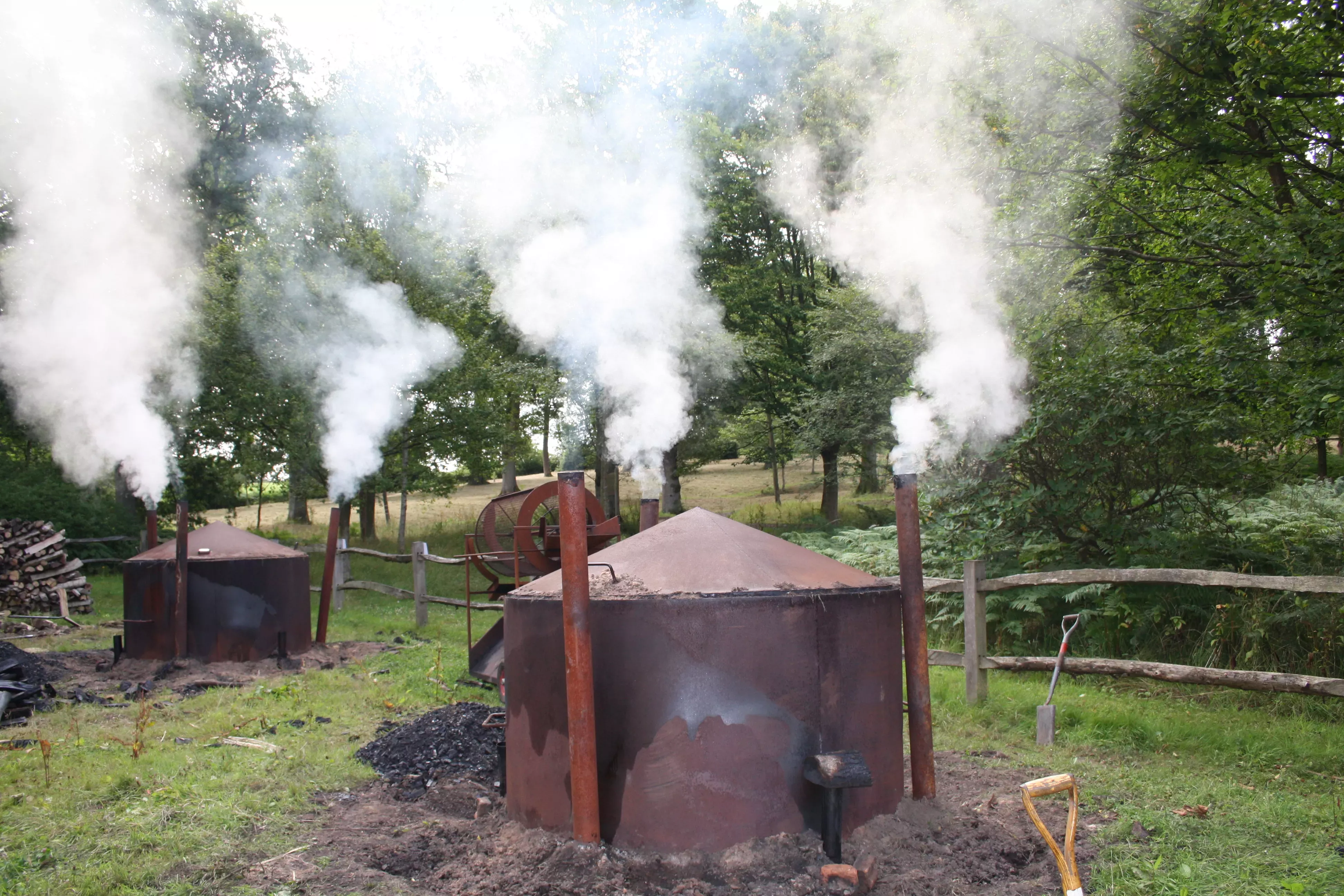
A long history of charcoal making
Our woodlands produced huge amounts of charcoal to support the UK's massive iron industry, which thrived from pre-roman times through to the 18th century.
See if you can spot the signs of ancient charcoal production in the landscape. Dotted through the woods are many small flat areas with distinctive curved banks and blackened soil.
These are marks of a traditional style of charcoal-making in Britain which used a 'clamp' (a way of making charcoal by piling wooden logs against a chimney). These areas were often along streams as water was needed by the workers for cooking, cleaning and damping down the kilns.
How is charcoal made?
Charcoal is made by heating wood to high temperatures. This burns the volatile compounds out of the wood, leaving carbon behind.
At Wakehurst, we make charcoal using a kiln.The kiln is stacked with air dried hard wood, such as ash, oak, birch, alder, sweet chestnut, hazel and hornbeam.
The wood needs to be heated slowly so that it dries out but its capacity for burning remains. Oxygen also needs to be restricted so that the wood doesn't catch fire, which creates ash rather than charcoal.
We heat the wood to 450° over a period of up to 24 hours. In the first phase, the water is forced out as the wood is heated to 250°. As the kiln heats up further the volatile substances such as tar and oils are expelled, leaving carbon behind.
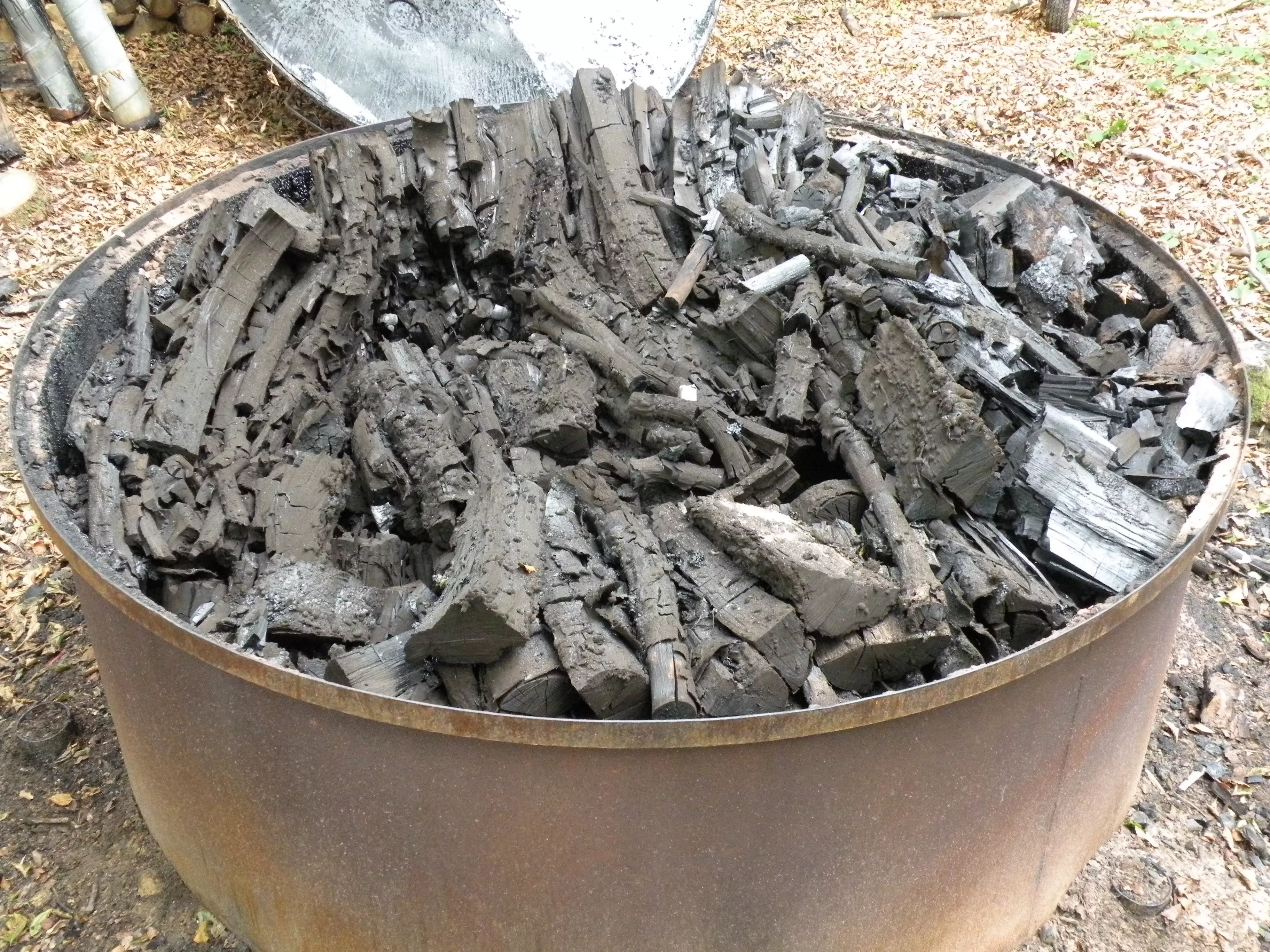
Keeping our woodland healthy
We harvest the wood we need to make charcoal using a technique called coppicing.
This woodland management technique involves repeatedly cutting trees at the base. This benefits the trees, as it stimulates the natural branch shedding process that trees naturally go through and can help extend their life span. It also increases woodland biodiversity, by allowing more light to reach the woodland floor and helping other species to grow there.
Re-growing trees in this way also ensures our locally produced charcoal is a sustainable resource, because the carbon released on burning is balanced by the carbon intake of the re-growing trees.
You can buy our sustainable charcoal in our shop, find out more about charcoal-making at Wild Wood, or learn how to make charcoal at home at our charcoal-making workshop.
